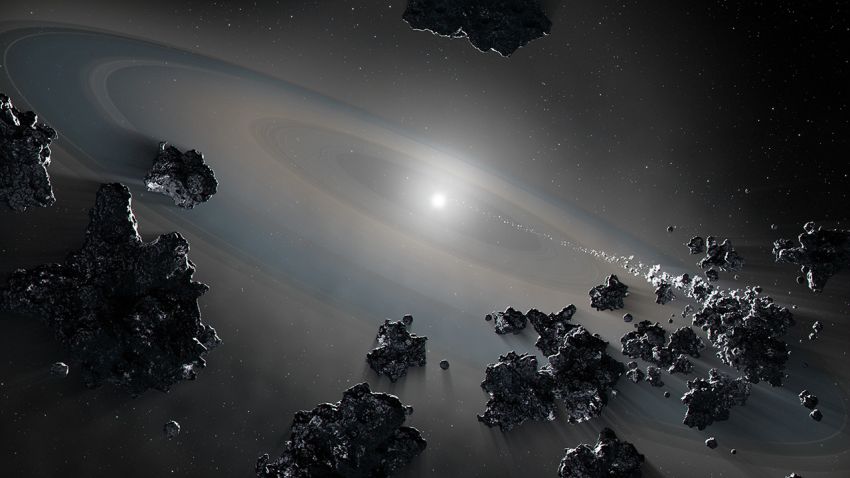Astronomers used archival data from the Hubble Space Telescope and other observatories to analyze the spectral properties of white dwarf G238-44. Elements detected on the star’s surface indicate that the dead star is sucking debris out of its system’s outer and inner reach.
“We’ve never seen these two types of objects accrete to a white dwarf at the same time. By studying these white dwarfs, we hope to gain a better understanding of planetary systems that are still intact,” said Ted Johnson, a researcher from the University of California, Los Angeles. .
Read also; Hubble Telescope Captures Image of Two Collision Galaxies
White dwarfs, often called degenerating dwarfs, are small stars that no longer shine. White dwarfs are the final evolutionary stage of small and medium mass stars.
Observations of this dance of cosmic death provide a unique opportunity to see how planets were made when they first formed around stars. At the same time to confirm the idea of a violent and chaotic final stage of a similar system.
The white dwarf G238-44 is a former sun-like star that has shed its outer layer and stopped burning its energy through nuclear fusion. The discovery that dead stars simultaneously capture material from the asteroid belt and regions such as the Kuiper Belt (including ice bodies) is very important.
Read also; Hubble Telescope Detects Farthest Star 12.9 Billion Light Years away
This evidence suggests that “water reservoirs” may be a common feature in the outermost parts of planetary systems. “Life as we know it requires rocky planets that are covered with a variety of elements, such as carbon, nitrogen, and oxygen,” said Benjamin Zuckerman, professor emeritus in UCLA’s Division of Astronomy and Astrophysics.
(Web)
– –


